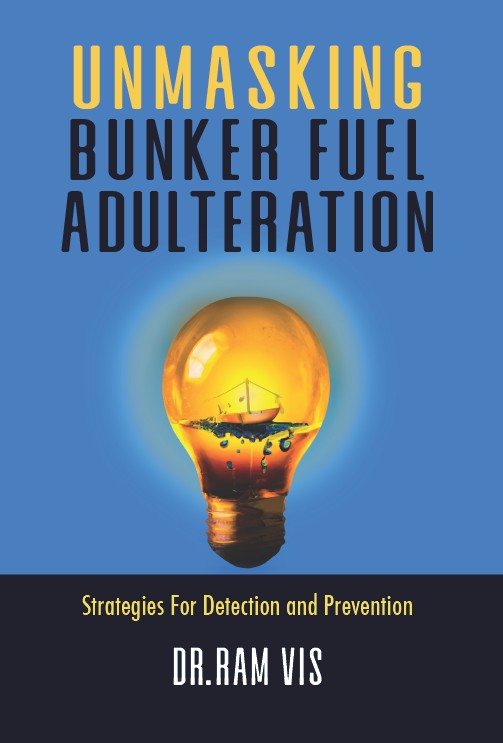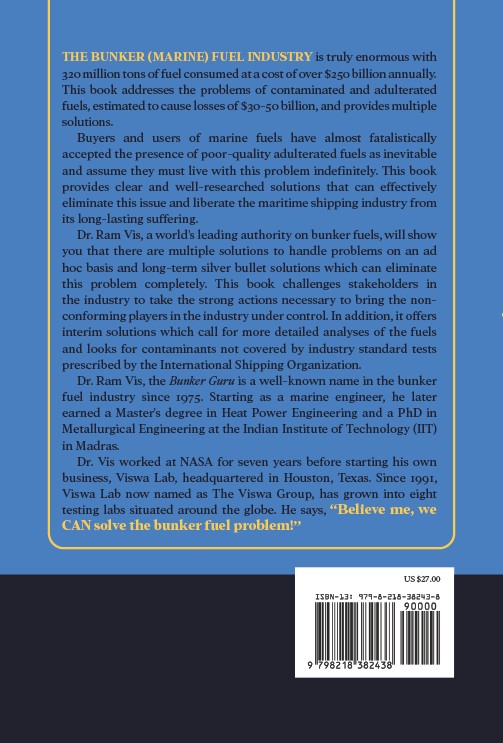- FuelEU Maritime sets strict fuel carbon intensity targets, while ETS allows emissions trading.
- FuelEU mandates cleaner fuels, whereas ETS offers flexibility through allowance trading.
- Rising biofuel demand is reshaping marine fuel supply, but high costs remain a challenge.
The European Union has implemented two significant regulatory frameworks to reduce greenhouse gas emissions in the maritime sector: the FuelEU Maritime regulation and the EU Emissions Trading System (ETS). While both aim to decarbonize shipping, they differ notably in scope, complexity, and compliance mechanisms, reports Baltic Exchange.
Scope and Objectives
The EU Emissions Trading System (ETS) operates as a market-based mechanism, setting a cap on total greenhouse gas emissions and allowing entities to buy or sell emission allowances. Initially covering sectors like power and manufacturing, the ETS expanded to include aviation and, more recently, maritime transport. Under the ETS, shipping companies must account for their emissions by purchasing allowances, creating a financial incentive to reduce their carbon footprint.
In contrast, the FuelEU Maritime regulation specifically targets the carbon intensity of energy used by ships. It mandates a gradual reduction in the greenhouse gas intensity of maritime fuels, starting with a 2% decrease in 2025 and aiming for an 80% reduction by 2050. This regulation directly influences the types of fuels ships can use, promoting the adoption of cleaner alternatives.
Compliance Mechanisms
Compliance with the ETS involves monitoring emissions and surrendering the corresponding number of allowances. Companies emitting less than their allowance can sell excess permits, while those exceeding must purchase additional ones, fostering a flexible, market-driven approach.
The FuelEU Maritime regulation, however, requires ships to use fuels that meet specific carbon intensity standards. Non-compliance results in penalties, calculated based on the amount of non-compliant energy used. This approach directly affects fuel procurement strategies and operational planning, as companies must source appropriate fuels to meet the mandated standards.
Market Implications
The introduction of these regulations is reshaping the marine fuel market. For instance, marine fuel trading companies are expanding biofuel offerings to more ports in anticipation of increased demand driven by FuelEU standards. KPI OceanConnect plans to offer biofuels at 120 ports, up from 70, highlighting the industry’s shift towards sustainable fuels.
However, the higher costs associated with alternative fuels present challenges. Biofuels can reduce emissions by up to 95%, but their price premium compared to traditional fuels and emissions allowances under the ETS may slow widespread adoption. This cost disparity suggests that while the ETS provides flexibility in compliance through market mechanisms, the FuelEU Maritime regulation imposes more direct operational requirements, potentially leading to increased shipping costs and inflationary pressures.
Conclusion
The FuelEU Maritime regulation introduces a more prescriptive approach to reducing maritime emissions compared to the market-based ETS. Its focus on the carbon intensity of fuels necessitates significant adjustments in fuel sourcing and vessel operations. As the industry adapts, stakeholders must navigate these complexities to achieve compliance while managing operational costs effectively.
Did you subscribe to our daily Newsletter?
It’s Free Click here to Subscribe!
Source: Baltic Exchange























